One argument that we at pv magazine hear made over and over against rooftop solar – by utilities, advocates for conventional power and even sometimes by those companies in the business of large-scale solar – is that distributed generation (DG) is simply too expensive.
Why put up solar that can cost 3-4x as much per watt, they argue, when you can have large-scale solar at less than three U.S. cents per kilowatt-hour in some places?
Such oversimplified comparisons inevitably miss a host of values added and costs that are avoided when you generate at or near the point of demand, instead of hundreds of miles away. But the value of a power system based in part on DG got a lot more clear to residents of Northern California yesterday when Pacific Gas & Electric Company (PG&E) shut off the power of around 750,000 residents in three waves.
The Public Safety Power Shutoffs (PSPS) are being implemented to keep PG&E’s power lines from causing wildfires, a very real concern in light of the utility’s massive liability for the catastrophic fires in the state over the last few years.
Advocates pv magazine spoke with say that while a system with more distributed generation wouldn’t entirely eliminate the need for public safety shutoffs, they can lessen the need for these, and that the combination of microgrids and distributed generation can keep critical loads online. They also say the biggest problem is that the resiliency that distributed energy resources offer simply isn’t being valued.
Another grid is possible
The idea that rooftop solar and other distributed resources could avoid the need for new power lines isn’t theory. In its 2017-2018 transmission plan, California’s grid operator cancelled 20 new transmission projects and revised 21 more due to energy efficiency and residential solar power altering load forecasts, with a projected savings of $2.6 billion.
There is clearly room to grow. According to U.S. Department of Energy (DOE) data, as of the first half of 2019 California only met 6% of its total electricity needs with what it deems small-scale solar (defined as plants smaller than 1 MW, including residential and commercial rooftop systems).
Of course, there are limits to how much solar can be installed on existing roofs. According to a 2016 study by DOE’s National Renewable Energy Laboratories (NREL), California’s buildings have the technical potential to generate a volume of electricity equivalent to 74% of its annual electricity demand using rooftop solar – the highest portion of any state.
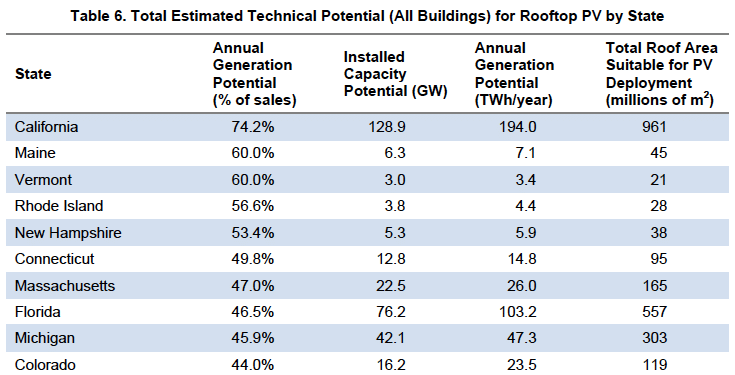
But not only is technical potential an upper bound that will never be reached, but this ignores the daily and seasonal variations in the output of solar, and the impractically massive amount of batteries that would be needed to accomplish this.
Another factor is that such a re-write of the rules would require similarly massive upgrades to distribution system infrastructures. When putting all of this together, advocacy organization Clean Coalition has settled on a goal for 25% of electricity demand to be met with local, distributed power.
It is also important to note that in replacing large centralized generation, what is often used is not rooftop solar in isolation, but what Clean Coalition describes as a “basket of solutions”. Regulators are finding that what is most effective to meet grid needs in a cost-effective manner is usually a combination of distribution grid upgrades, distributed rooftop solar, batteries and demand-side management solutions.
Grid isolation
As many owners of rooftop PV systems across California are realizing, simply installing solar isn’t going to give you power in the event of a system-wide shutoff. Most PV systems are wired such that they need power from the grid to function (not all are – see our other article this morning on grid-isolating inverters and battery storage).
A future of higher penetrations of distributed energy means fewer power lines and less power moving on those lines, but Clean Coalition notes that there are still solutions for keeping the grid stable, even now. the organization has been working with a number of cities to implement community microgrids, which allows local distribution systems – and individual facilities – to disconnect from the larger grid.
There typically isn’t enough local power on these systems to power an entire community at normal levels of consumption indefinitely, but it can allow critical facilities like hospitals, fire stations and schools to continue to operate indefinitely.
At a smaller level, properly configured solar and storage systems can allow homeowners to “island” their homes and run on solar and batteries. This also may not allow normal consumption levels, but can keep prioritized loads like refrigerators, cell phone charging and other services running.
Clean Coalition notes that cell phone charging is particularly critical in disasters. “A lot of people are really concerned about communications if the power goes down,” stated Clean Coalition Founder and Executive Director Craig Lewis. “They are asking how this is going to keep us safer if we can’t communicate?”
Getting from here to there
Lewis calls his organization’s goal of 25% of total energy consumed coming from local renewables “achievable and reasonable”, but this is still roughly 4x the level that California has reached.
And while batteries are advancing, this market is still in its early stages. Sunrun, the largest residential solar company in the United States, estimates that 25% of its new customers in California are going with the company’s BrightBox system, which pairs battery storage with solar and provides power during outages.
And in order to get to a more resilient system quickly, it is clear that more than net metering is needed. First, given the relatively high cost of batteries incentives such as the state’s Self Generation Incentive Program (SGIP) have been cited by advocates as a critical tool to build the market. The California Public Utilities Commission (CPUC) announced last month that it will expand support under SGIP to fire-prone areas in California, a move which Sunrun VP of Energy Services Audrey Lee cites as an important development for resilience.
Clean Coalition also argues that net metering alone has not been effective in addressing the market for commercial and industrial solar, which faces unique barriers. One of the organization’s key campaigns has been to change the way that transmission costs are metered and assessed in California through the Transmission Access Charge, which it calls a “massive market distortion” that unfairly disadvantages distributed generation.
Clean Coalition is also a long-time advocate for feed-in tariffs (FiT), the system that Germany used to kick-start the global solar market. But even when these policies are implemented, this doesn’t always solve the problem.
Despite implementing a FiT in 2013, it took Los Angeles six years to reach 150 MW through the program, which Clean Coalition’s Lewis blames on interconnection delays and a program design which made it attractive for companies occupying large commercial and industrial buildings, but not building owners.
The value of keeping the lights on
Ultimately, what both Sunrun and Clean Coalition agree on is that the current system does not properly value the resilience that distributed generation, battery storage and microgrids can supply.
This may be a natural result of our habits – why pay attention to resilience when the power system is running fine? But it looks much different right now to the hundreds of thousands in California without electricity. And even when the resilience of critical facilities like hospitals is recognized, it can be hard to compare its worth to America’s fundamental source of valuation: the dollar.
Both NREL and Clean Coalition are working on programs to set a dollar value for resilience that can be used by regulators, utilities and governments to properly value the benefits that resilience can offer.
And while it may not yet have a number associated with it, the value of the ability to keep the power on is something that Californians are increasingly aware of.
This content is protected by copyright and may not be reused. If you want to cooperate with us and would like to reuse some of our content, please contact: editors@pv-magazine.com.
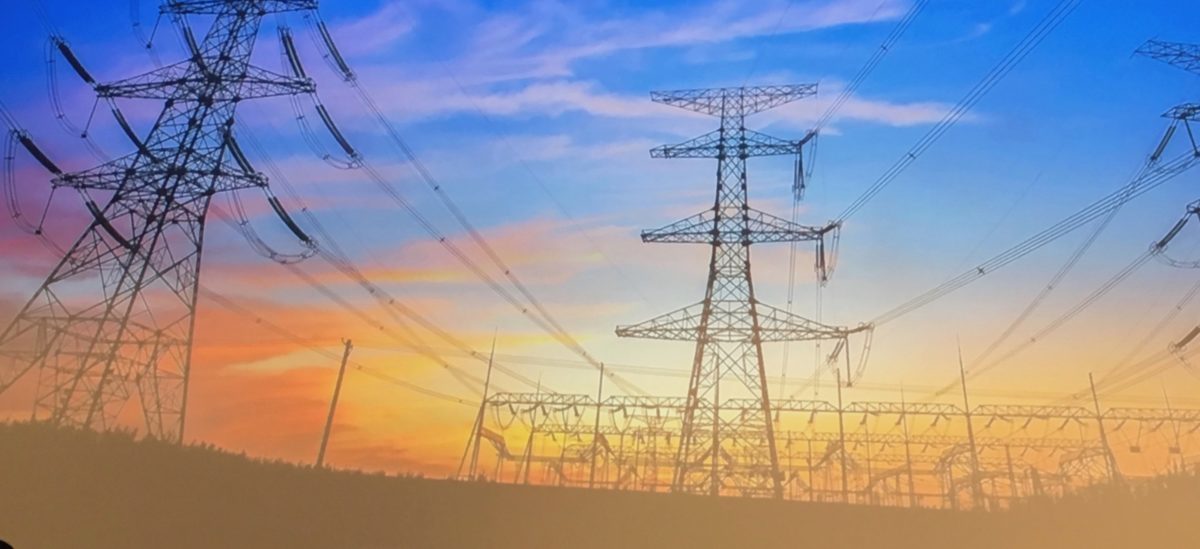
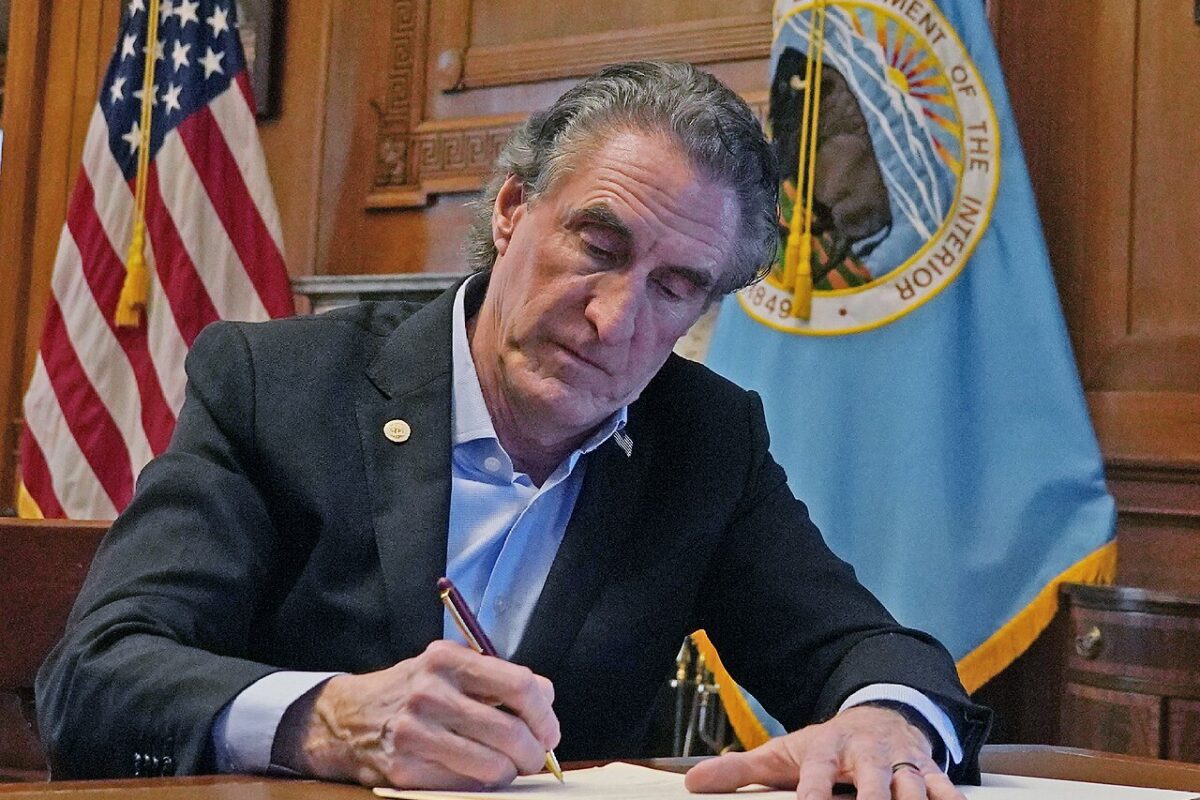


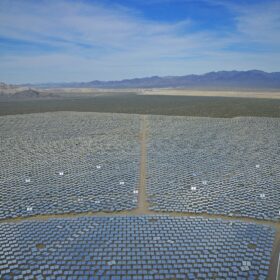

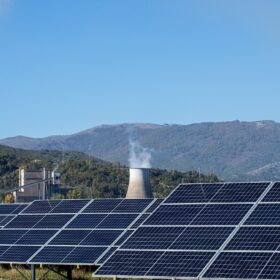
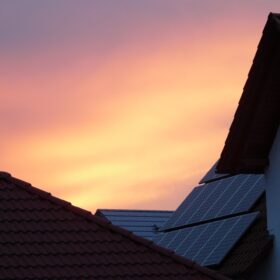
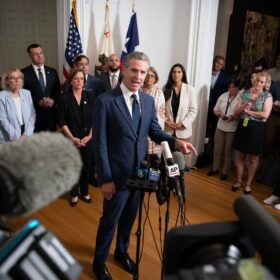
For some reason no one is looking at the inherent value of homes, buildings, businesses/HBB, just making their own to the owners/consumer at retail prices.
PG+E if they make solar at $.03/kwh has no relationship with what they change for it. So you need to compare retail prices and HBB will make it at around $.06/kwh in a well done system.
And that is a 3rd of PG+Es retail prices making it very profitable to HBBs.
As for batteries they are fairly cheap, called lead that work great, cost effective. People need to not use lithium until it’s cost drops to viable levels. $500/kwh is not viable compared to $100/kwh lead which has worked well for 100+ yrs.
At the prices of PG+E going off grid sounds a lot better gaining the monthly fee savings too.
A low cost solar with lead batteries and fast charging DC RE fueled generator or CHP would easily be paid for by such power prices.
The future generation is going to be DG because economics demand it and everyone should be planning for that.
What are HBB?
Yes, that is a good question in many ways. The dollar value of averted food waste, as the potential of five days without power threatened to render useless refrigerated and frozen food. The dollar value of emergency medical response for those with powered home equipment or conditions which would spell trouble were HVAC downed in the middle of summer or winter rather than the shrinking sliver of temperate weather? The dollar value of lost labor time in a region highly populated with machine-dependent workers.
And, in the face of all this, the dollar value of the CO2 emissions averted from panic-buying of gasoline generators or whole-house NG or propane standbys. Fortunately it looks like some BESS are coming close to the cost of NG/LP standby generators.
Community-wide grids would have some advantage in the area of storage, both size and types, over individual property owners’ choices.
@ Christian Roselund, I believe he means, homes, businesses, buildings as HBB. From the table 6 in the article in California there’s enough roof space to install roughly 170GWp of private systems alone. All totaled with what has already been installed in the utility sector so far, one might get to that “decarbonized” grid. Of course setting some kind of goal for no more carbon based wildfires would also be a valiant effort. When one can erase all of the “pollution” controls in effect with one season of wild fires, priorities seem to be skewed.